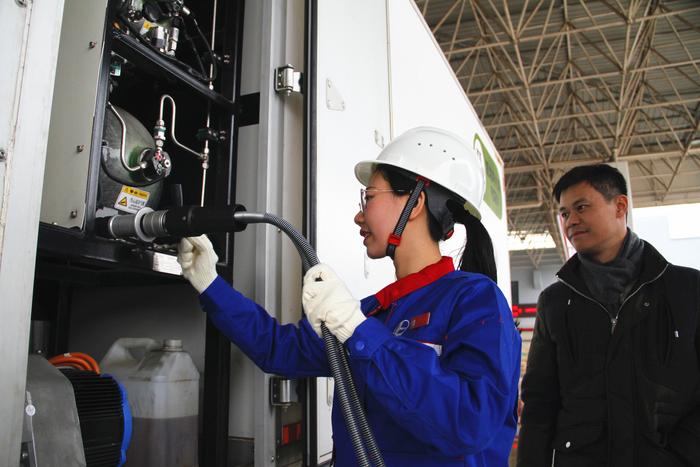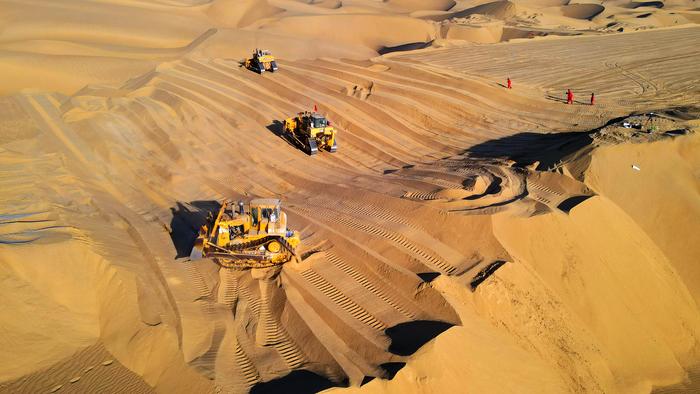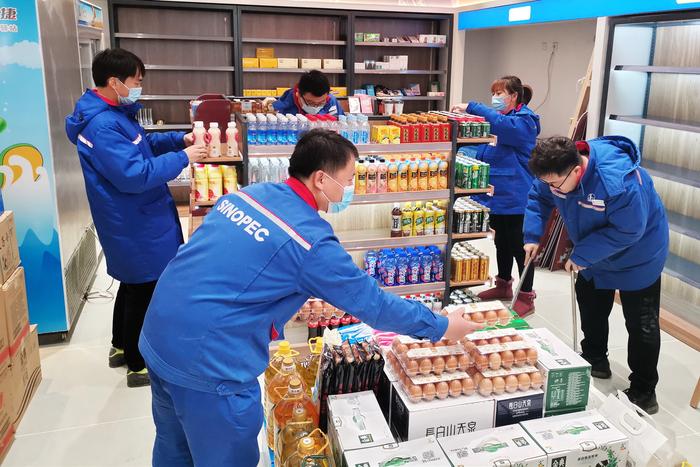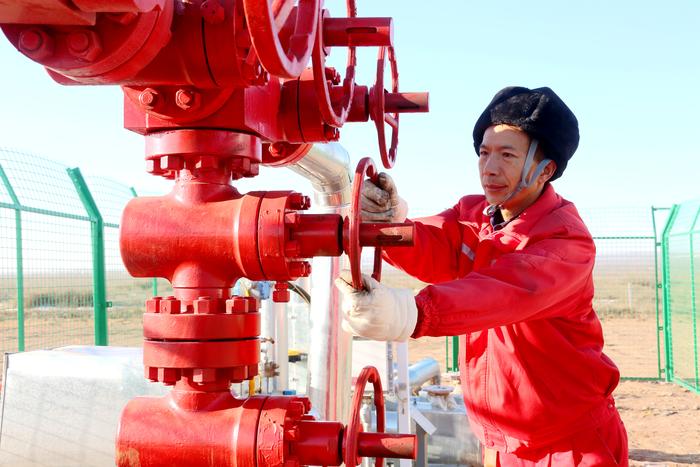|
| 2020-12-22 来源: 中国石化新闻网 |
| 石化新闻 |
中国石化新闻网讯 据今日油价12月17日报道,每年监测和维护管道的费用消耗能源公司支出的大约14亿美元。如果创新的解决方案能够通过自动化监控和通过智能技术沟通维护问题来帮助控制成本,将具有重要意义。当前已有将无人机用于管道监控,也有一些公司正通过为管道创建智能解决方案,直接从源头入手解决问题。 智能管道是油气行业解决监测和维护问题的方法之一。智能管道能够实现远程跟踪、监视和控制,以便在出现任何问题时及时进行监测。由加州一家公司发明的Bytepipe预计将于2021年完成,并在2022年完成改进版本。 该设想是将传感器和电子元件集成到管道套管中,为其提供智能功能,在2019年的市场需求超过1400万吨,该技术将为勘探和生产公司提供油气井井下实时监测和管道全长跟踪。 目前,油气公司在地面管道和设备方面的支出约为5.89亿美元,在井下管道方面的支出为4.63亿美元,在维修方面的支出为3.2亿美元。管道受腐蚀是石油行业面临的一个困境,会导致管道破旧甚至泄漏。 2006年发生的管道腐蚀和泄漏事件对英国石油公司造成了毁灭性的打击。2011年,该公司因阿拉斯加的管道漏油事件被迫支付了2500万美元的罚款。随着能源公司意识到早期检测的重要性,智能检测方法开始使用,包括遥控水下航行器(ROVs)、电场测绘、声发射法和超声波检测。然而,许多公司仍然依靠人工,如潜水员手动拍照,监控管道。值得一提的是,这些技术都有局限性,包括人工参与清洁设备和数据监测,以及机器在恶劣条件下工作的脆弱性。 自动化图像处理技术的改进,使用机器学习算法,预计将改善管道问题的监测和通信。这可以与基于人工智能的图像处理技术计算机视觉(CV)相结合,更好地识别管道腐蚀状况。这两种技术都依赖于大数据来识别和应对问题。 此外,石油公司正慢慢地开始引进用于钢铁管道的创新涂层,但这种涂层在恶劣条件下腐蚀速度很快。BP上游材料总工程师Bill Hedges解释道:“我们可以看到腐蚀速率为每年2毫米。”此外,考虑到原材料的使用、运输成本以及石油生产的暂停,简单地更换腐蚀管道是公司的一项主要开支。据估计,全球能源行业每年与处理管道腐蚀相关的费用可能高达2万亿美元。 BP-ICAM宣布将研究开发具有自我报告能力的智能涂层,如果涂层受损,该涂层将与用户通信。该技术依赖于微胶囊,这种胶囊在受损时释放出不同颜色的液体,让用户能够找到问题的根源。 现在最重要的是创造出一种智能涂层,使其能够承受恶劣的天气或海底条件,同时也不会对环境造成额外的伤害。 展望未来,智能管道技术、监测实践中的大数据和防腐蚀涂层的应用,不仅可以为能源行业节省数十亿美元,还可以防止环境灾害的发生,提高油气行业的安全实践。 王佳晶 摘译自 今日油价 原文如下: The Pipeline Tech Transforming The Oil Industry Monitoring and maintenance of pipelines costs energy companies approximately $1.4 billion every year. But what if innovative solutions could help rein in this cost by automating monitoring processes and communicating maintenance issues through smart technology? We’re already starting to see the use of drones for pipeline monitoring purposes, but some companies are going directly to the source by creating smart solutions for pipelines. Smart pipelines are one of the ways the industry is tackling the issue of monitoring and maintenance. They would allow for remote tracking, monitoring, and control, to communicate any problems as soon as they occur. The Bytepipe, created by a Californian company, is expected to be ready by 2021, with a modified version in 2022. The idea is to integrate sensors and electronic components into pipeline casings to provide them with smart capabilities, in a market with over 14 million metric tons of demand in 2019. The technology will provide Exploration and Production companies with real-time downhole monitoring in oil and gas wells and tracking across the length of the pipeline At present, oil and gas companies spend around $589 million on surface pipeline and facility expenses, $463 million on downhole tubing expenses, and $320 on corrosion costs. Corrosion is a plight for the oil industry, leading to pipeline fatigue and even leaks. A 2006 case of pipeline corrosion and leaking was devastating for BP, which, in 2011, was forced to pay a $25 million penalty over a pipeline oil leak in Alaska. The leak occurred as heavy corrosion went undetected for five days, resulting in an oil spill devastating the surrounding environment. Digital detection methods have come into use since the 2011 BP scandal, as energy companies realized the importance of early detection. Some methods include remotely operated underwater vehicles (ROVs), electrical field mapping, the acoustic emission method, and ultrasonic testing. However, many companies still rely on human interaction, such as divers manually taking photos, to monitor pipelines. Additionally, many of these technologies have limitations including human involvement in cleaning devices and data monitoring, as well as the vulnerability of the machinery working in harsh conditions. Improvements in automated image processing techniques, using machine-learning algorithms, is expected to improve the monitoring and communication of pipeline issues. This could be coupled with computer vision (CV), an AI-based image-processing technique, to better identify pipeline corrosion. Both technologies rely on big data to identify and respond to the issues. In addition, companies are slowly starting to introduce innovative coatings for steel pipelines, which typically corrode at a rapid rate in harsh conditions. Bill Hedges, BP’s chief engineer for upstream materials explained, “We can see corrosion rates of 2mm a year”. And simply replacing corroded pipelines is a major expense to companies due to the use of materials, transportation costs, and the halt in oil production. Estimates say costs linked with corrosion in the energy industry could be as high as $2 trillion globally each year. BP-ICAM has announced research into the development of smart coatings with self-reporting abilities, which would communicate with the user if it was damaged. The technology relies on microcapsules, which release a different colored liquid when damaged, allowing the user to locate the source of the problem. The task now is to strike the balance with creating a smart coating for pipelines that will withstand harsh weather or undersea conditions but will not cause added harm to the environment. Going forward, the use of smart pipeline technology, big data in monitoring practices, and corrosion-resistant coatings would not only save the energy industry billions but could prevent environmental disaster and enhance safety practices in oil and gas. |








